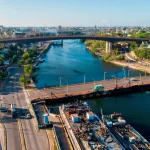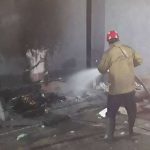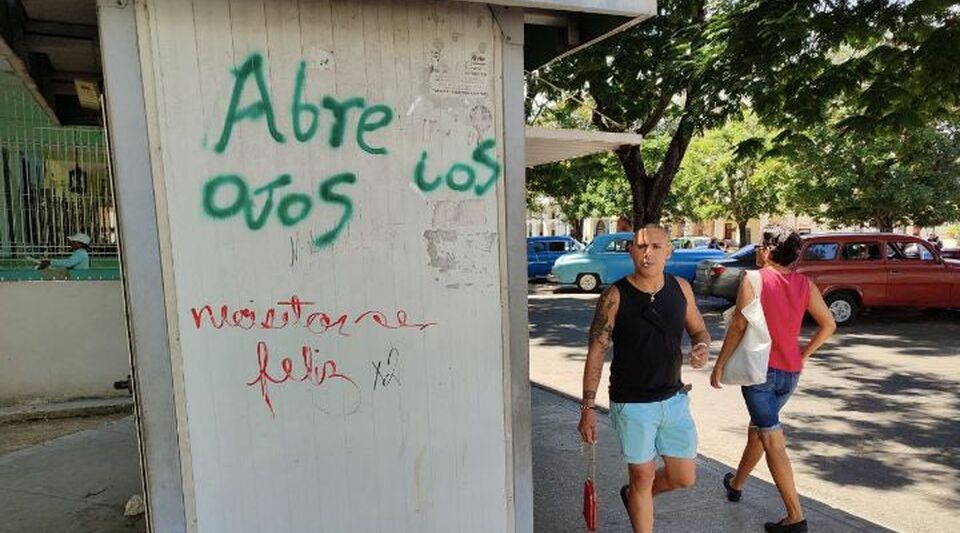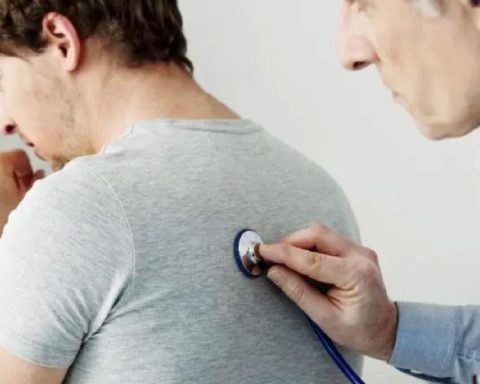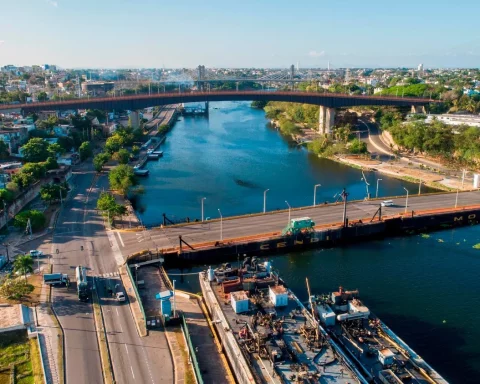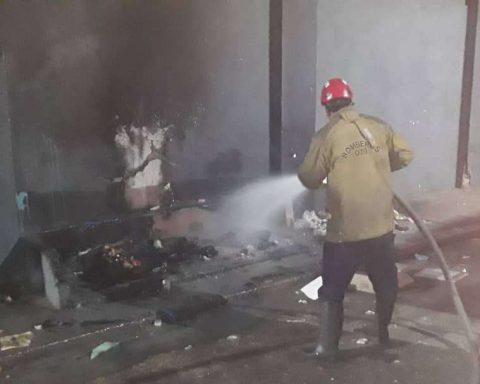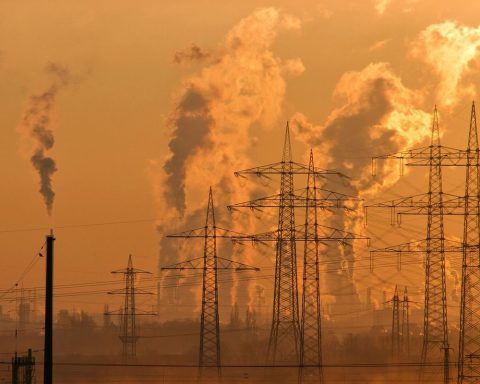Relatives of seven protesters murdered in Estelí during the demonstrations of April 2018 secretly visited the graves of their deceased and flowered them in advance, to avoid the repression of the dictatorship of Daniel Ortega and Rosario Murillo.
The “secret and anticipated visits,” according to some of the relatives, is due to the fact that every time the commemoration of the 2018 social uprising approaches, the forces and intelligence apparatus of the paramilitary groups, patrols of police agents and even the Ortega fanatics themselves to repress and persecute those who dare to visit the graves of the fallen.
Other relatives prefer not to visit their dead on these days, they come later. “The important thing is to remember them,” said a relative.
Related news: Nicaraguan dictatorship accumulates 2,090 political prisoners in five years
In Estelí, in addition to these seven graves of victims from before April 20, there are two that house the remains of young people who were killed after April, during the cleanup operations in June and July in this city.
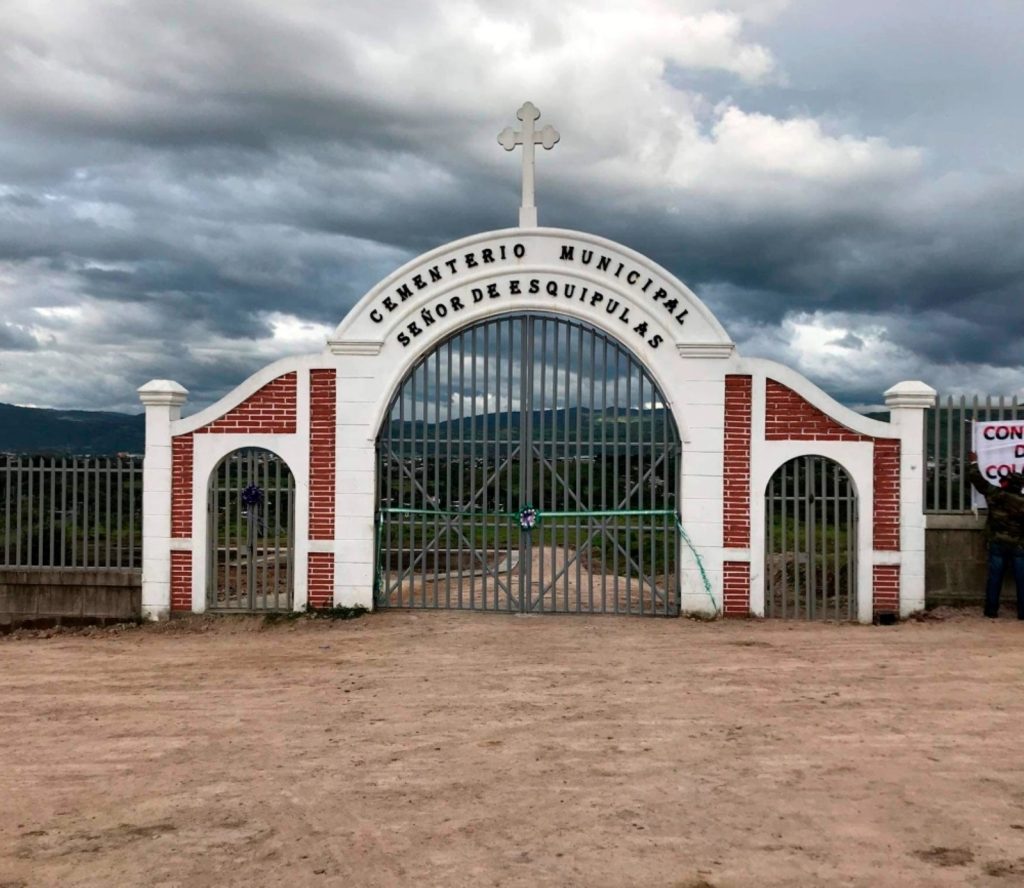
The remains of other young people rest in cemeteries such as those located in the Madrid municipality of San Juan del Río Coco, where the victims originated. “These are dangerous days to go to the cemetery,” said his relatives.
The uprising in Estelí
The city of Estelí was also the scene of the social uprising, the same as in the whole country. Some nine young people were murdered by paramilitaries, employees and functionaries of the State and the Mayor’s Office, with the complicity of members of the Police. In this municipality, as in another city, people remember that commandos trained as soldiers attacked unarmed people. At least three of those murdered were killed by well-aimed shots fired from the commune, where, according to several witnesses, the snipers were.
Among the first to fall on April 20, 2018, are Franco Valdivia Machadoabout 24 years old, law university student, and Orlando Francisco Perez Corrales, 23 years old, last year student of the Renewable Energy Engineering career. He also died, days later, from gunshot wounds fired from the Estelian mayor’s office, Cesar Noah Castillo Castillo.
According to witnesses, the three young men who were shot to death in the central park of the city of Estelí were shot from the roof of the Estelí mayor’s office, which was administered by Francisco Valenzuela, Political Secretary of the Sandinista Front. of National Liberation (FSLN) in this department.
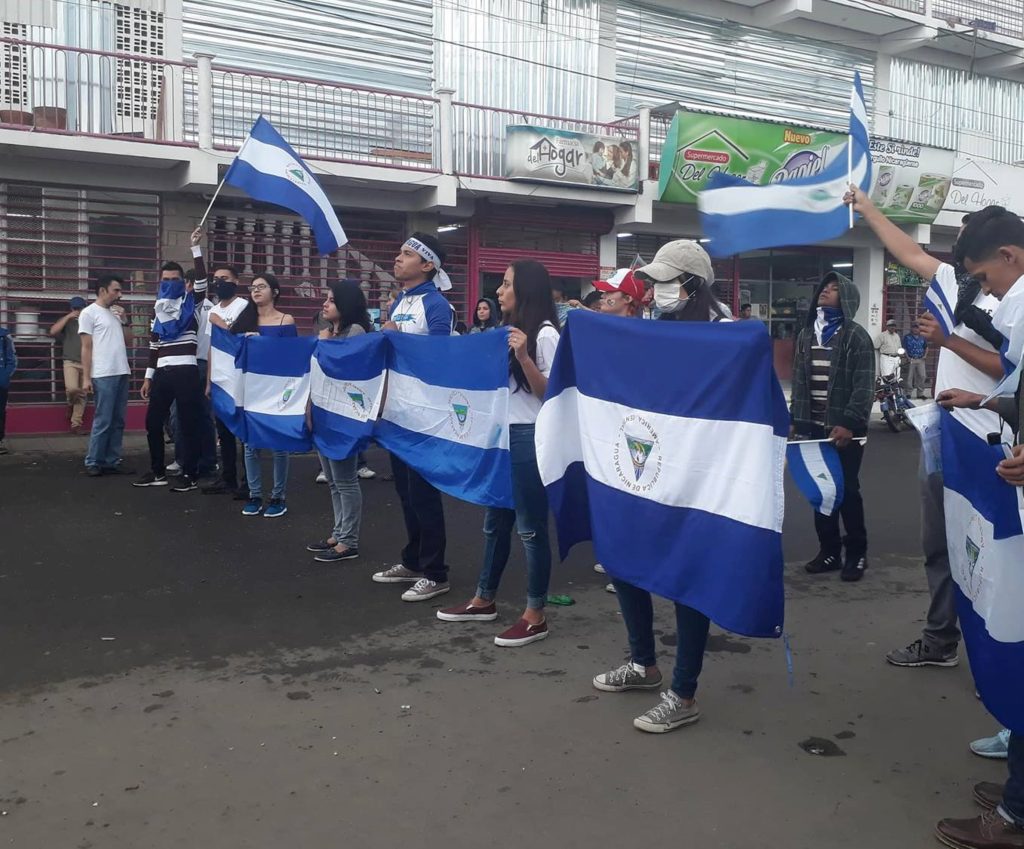
On May 30, 2018, in line with what was happening in the rest of the country, four more young people were murdered, including: Dodani Castilblancoa 19-year-old boy who worked for a mechanical workshop and was originally from the municipality of San Juan del Río Coco, in Madriz, and a person who was a neighbor of Pedrito “El Hondureño”, who currently leads one of the two paramilitary groups that openly operate in the city of Estelí.
This group of Pedrito “El Hondureño” has its operations command next to the offices of the Ministry of the Interior.
The young man killed by his own father
Another of the murdered is Alberto Obregon Cruz, a young man who was a member of the Sandinista Youth on July 19 at the time, but when he saw his best friend fall dead, he joined the Blue and White marches. Days later it was learned that Obregón Cruz was killed by his own father, Reynaldo José Obregón, 57, a well-known soldier in the eighties who operated as a paramilitary in the context of the rebellion five years ago.
This is a bitter month for the regime of Daniel Ortega and Rosario Murillo. The fear of a new uprising is in the air, which is why the repression in the streets has increased.
According to the Inter-American Commission on Human Rights, IACHR, some 355 people were killed with the use of firearms by police officers and armed fanatics. The United Nations group of experts, which investigates these facts, issued its first results in March, in which it indicated that Ortega, Murillo and their officials committed crimes against humanity against opponents.
By United Voices








